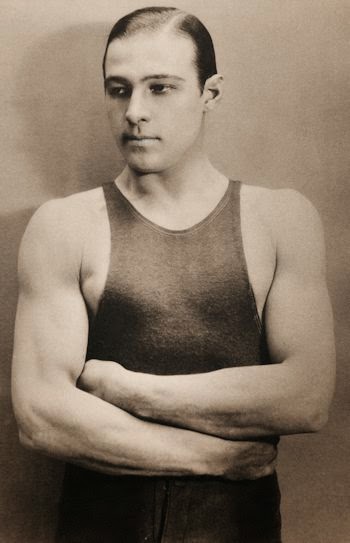Invisible Stripes 1939
 |
| William Holden, George Raft and Humphrey Bogart |
I make no secret of my love for the films of Warner Brothers and I love a crime film. Nothing like a good gangster flick. You have to give Invisible Stripes an A for effort. For me it did not work out so well.
_NRFPT_02.jpg) |
| George Raft and Jane Bryan in a publicity shot for Invisible Stripes |
With the dough he gets from his criminal activities, Cliff is able to buy a garage for his brother, who is now able to get married. Cliff, in the meantime, decides to quit the gang. However, after a failed robbery, Martin and his pals hide in Tim's garage. The police find out about this and Tim is arrested and taken to the police station. Cliff manages to exonerate his brother from the charges, but in exchange Tim has to identify the robbers and testify against them. Before the police can proceed to arrest Martin, Cliff meets him in his house and tells him to escape before being caught. However, Martin's pals, seeing their boss and Cliff together, believe that they are trying to escape and kill them both.
This is a standard Warner b-ganster film directed in a breezy style by journeyman Lloyd Bacon. For me there is the immediate fail in my own suspension of disbelief in believing Raft as a noble son trying to make good. Raft shot to stardom in the 1932 potboiler Scarface, a good deal of it based on his looks which were similar to the late Rudolph Valentino. Raft was a graceful dancer (see the ridiculous and fun Bolero with Carole Lombard), but he was never much of an actor, if you ask me.
_01.jpg) |
| Flora Robson and George Raft |
Holden is pretty during his Golden Boy days, but, still very green and awkward. Bogart in one of his last smaller gangster roles does well and dies well, as usual. He broke out of character in 1939's Dark Victory as Michael the Irish (by way of NY) accented horse trainer to Bette Davis' edgy and ethereal Judith Traherne. Jane Bryan is totally serviceable as Holden's girlfriend as is Lee Patrick doing a turn as Bogart's moll. Patrick has some of the best snappy dialogue in the film, this is no surprise. It's also surprising that post code, some of it was let to slide. Is it worth seeing, yes. Is it Warner Brothers best effort in 1939, no.
 |
| Raft and Bogart filming their opening scene in the prison showers. |
That Raft was good looking is sometime enough, he played hardboiled, plain and simple delivery, and when he smiled he could turn on the charm. Perhaps I should not complain, but, in this film Raft is not even as memorable as Jack La Rue was in much smaller parts during this period. Speaking of which, if you want to see a film with La Rue that is more plot and more unbelievable, go for the U.K. produced gangster film No Orchids for Miss Blandish. It is a kick in the pants and a bit of a head twister, too.




Comments